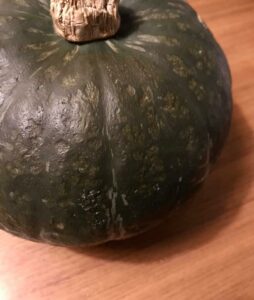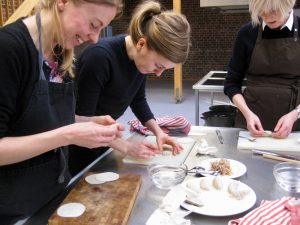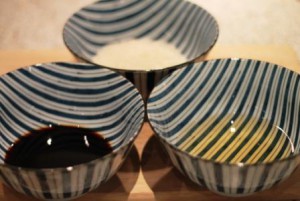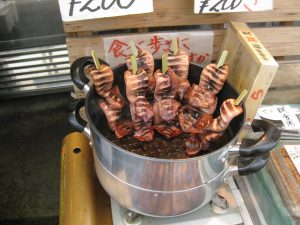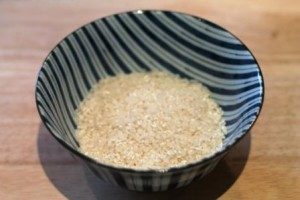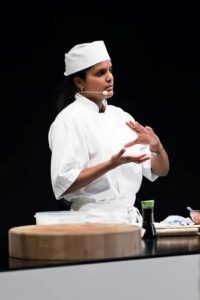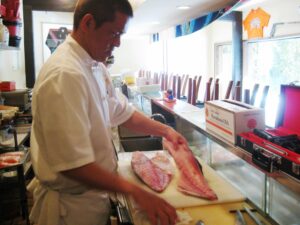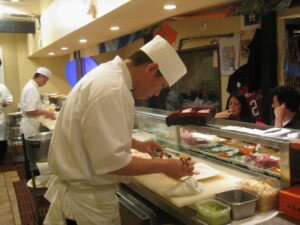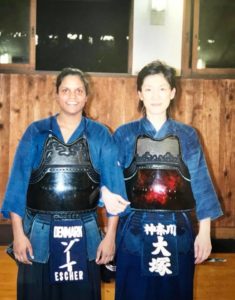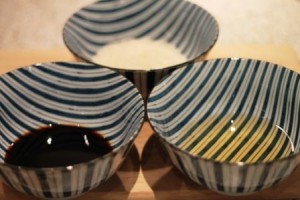
In traditional Japanese cuisine, not only soy sauce is used for Japanese dishes.
In Japan, soy sauce is considered a spice; it is a way to season the food. There are as many different soy sauces in a Japanese supermarket as cheese in a Danish supermarket.
Therefore, it does not matter which soy sauce is used for which dishes.
Most people eat sushi to a greater or lesser extent.
If you use a completely classic soy sauce or one soy sauce which is not suitable for e.g. sushi, it will ruin approx. 40% of the taste experience. That’s a lot.
Therefore, the choice of soy sauce plays an equally important role as the choice of fish for sushi. It’s like night and day.
In the Traditional Japanese food course for beginners, you will get to know several different types of soy sauce. You also learn that dossiers and add the different dishes, the right amount of soy sauce. So that the dishes get, the unique flavors and aromas that characterize the dishes that are served in restaurants in Japan.
_
Zoë has lectured and held sushi courses for A. P. Moller – Maersk, Hugo Boss Nordic, Novo Nordisk, Novartis, Velux, Gorrissen Federspiel, Beierholm revision, Elbek & Vejrup and many more.

